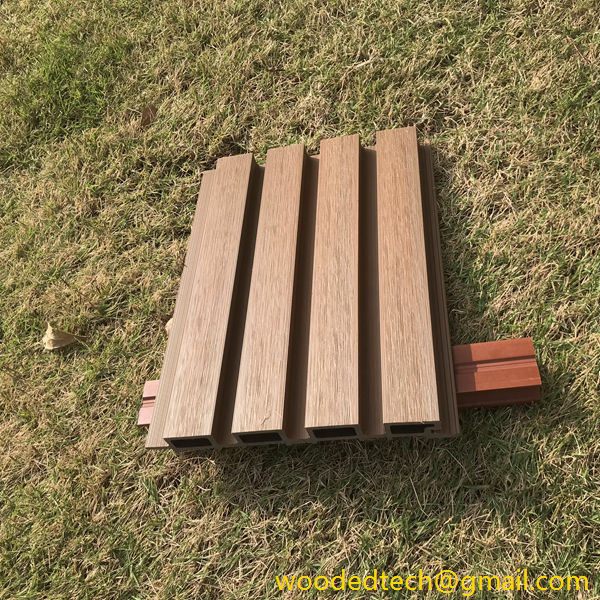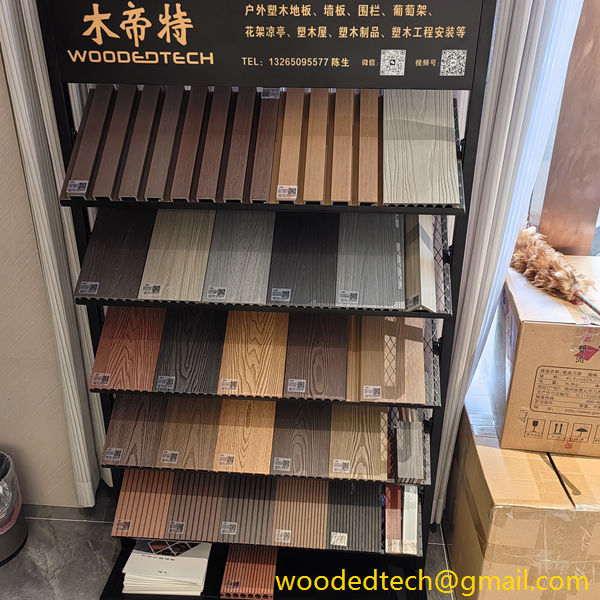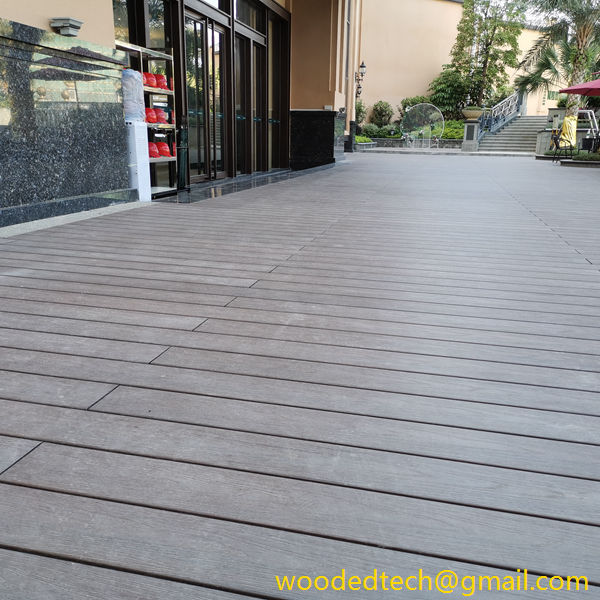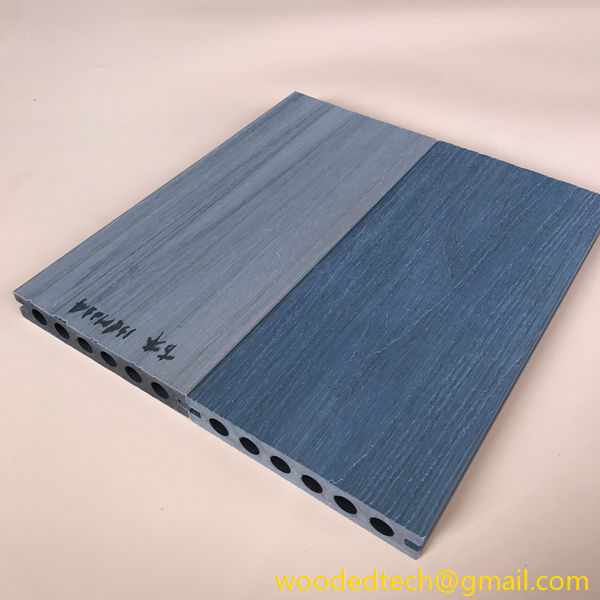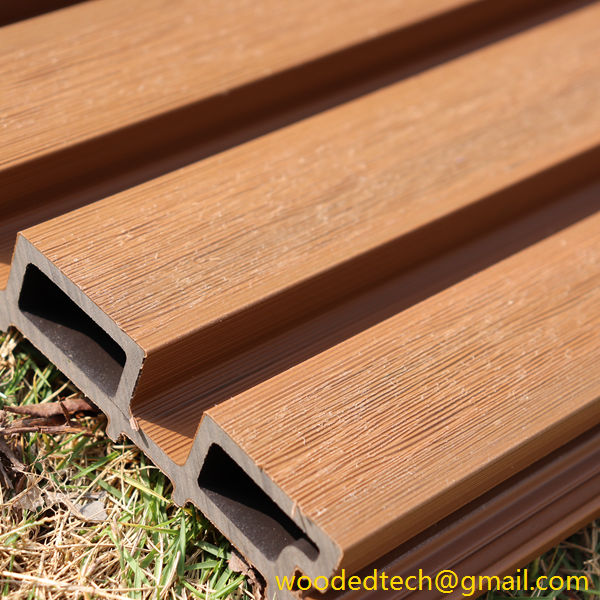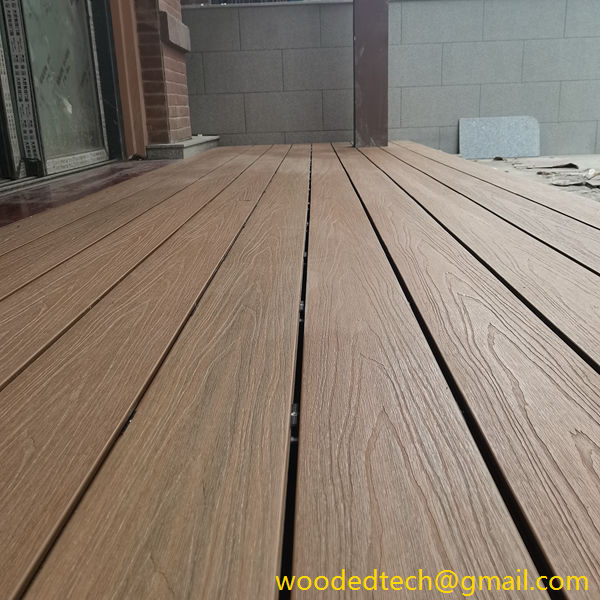Composite cladding has emerged as a popular choice in the construction and architectural industries, thanks to its unique material properties and versatility. As the demand for modern building solutions grows, understanding the performance characteristics of composite materials is essential for architects, builders, and homeowners alike. This article delves into the world of composite cladding, highlighting its benefits and diverse applications in various settings.
Composite cladding is typically made from a blend of materials, often combining wood fibers or plastic with adhesives and other additives. This fusion creates a product that capitalizes on the strengths of each constituent material while minimizing their weaknesses. One of the primary advantages of composite cladding is its enhanced durability. Unlike traditional wood, which can warp, rot, or decay when exposed to the elements, composite materials are engineered to withstand harsh weather conditions. Their resistance to moisture and UV rays makes them an ideal choice for exterior applications, ensuring that buildings maintain their aesthetic appeal over time.
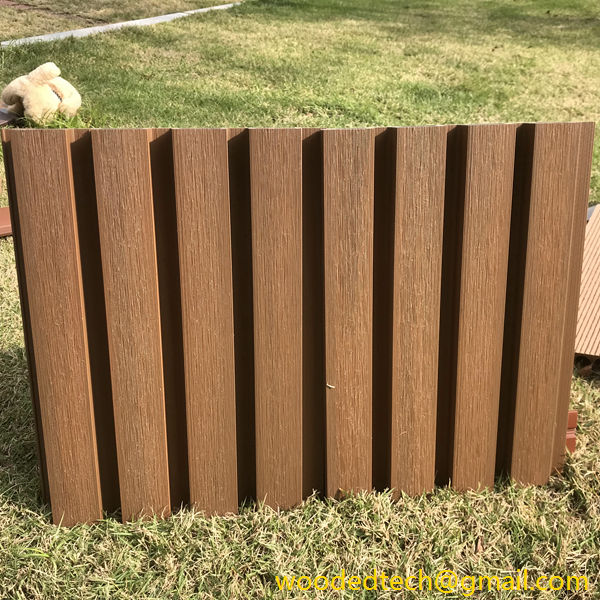
Another noteworthy characteristic of composite cladding is its low maintenance requirements. Traditional siding materials often necessitate regular painting, staining, or sealing to preserve their appearance and protect against damage. In contrast, composite cladding typically requires minimal upkeep. Many manufacturers offer products that are pre-finished or treated to resist fading and staining, allowing property owners to enjoy their exterior facades without the burden of constant maintenance. This ease of care not only saves time but also reduces long-term costs associated with upkeep.
In addition to durability and low maintenance, composite cladding also provides excellent insulation properties. With rising energy costs and increasing environmental concerns, energy efficiency has become a vital consideration in building design. Composite materials can offer superior thermal insulation compared to traditional materials, helping to regulate indoor temperatures and reduce heating and cooling expenses. This energy efficiency contributes to lower carbon footprints, making composite cladding an eco-friendly choice for sustainable building practices.
Moreover, the aesthetic versatility of composite cladding cannot be overlooked. Available in a wide range of colors, textures, and finishes, composite materials can mimic the appearance of natural wood, stone, or metal, providing architects and designers with endless possibilities. This adaptability allows for creative expression in building design, enabling structures to blend seamlessly with their surroundings or stand out as unique architectural statements. Whether a contemporary urban building or a rustic countryside home, composite cladding can enhance the visual appeal of any property.
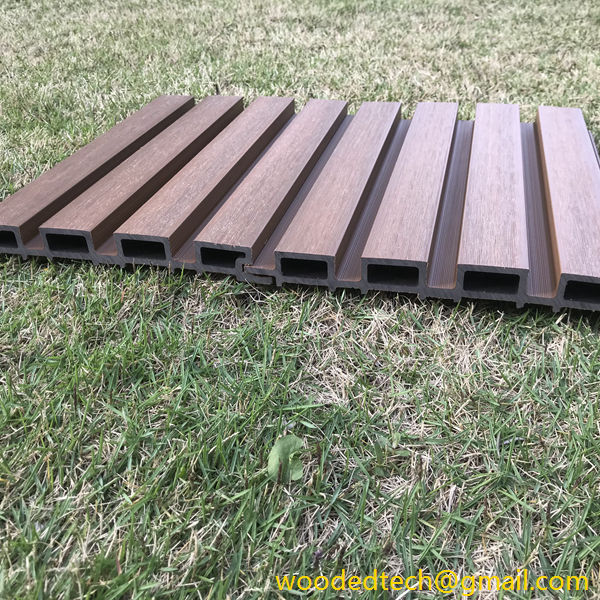
The environmental benefits of composite cladding also warrant attention. Many composite materials are produced from recycled content, reducing the demand for virgin resources and minimizing waste. By utilizing sustainable practices in manufacturing, composite cladding contributes to a more circular economy within the construction industry. Furthermore, the longevity of these materials reduces the frequency of replacement, which further lessens their environmental impact over time.
Composite cladding finds its applications in various sectors, including residential, commercial, and industrial buildings. In residential construction, homeowners are increasingly opting for composite materials for their siding, decks, and fences due to their appealing aesthetics and durability. In commercial settings, composite cladding is often used for façades, providing an attractive yet resilient surface that can withstand the rigors of public use. Industrial applications also benefit from composite materials, where their strength and resistance to corrosion make them suitable for various operational environments.
Furthermore, the use of composite cladding is not limited to exterior applications. Interior designers are beginning to explore the potential of composite materials for interior walls, ceilings, and decorative elements. The lightweight nature of composites makes them easy to handle and install, allowing for innovative designs that enhance interior spaces while maintaining structural integrity.
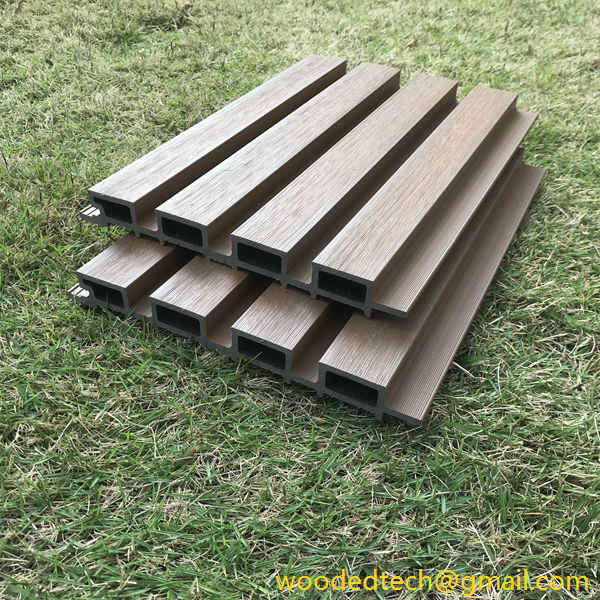 In conclusion, composite cladding represents a significant advancement in modern building materials. Its superior durability, low maintenance, energy efficiency, aesthetic versatility, and environmental benefits make it an appealing choice for a wide range of applications. As the construction industry continues to evolve and prioritize sustainable practices, the popularity of composite cladding is likely to grow. Its ability to meet the demands of contemporary design while providing long-lasting performance positions it as a frontrunner in the realm of building materials. Understanding the properties and potential uses of composite cladding will empower architects, builders, and homeowners to make informed decisions that contribute to the creation of beautiful, sustainable, and resilient structures.
In conclusion, composite cladding represents a significant advancement in modern building materials. Its superior durability, low maintenance, energy efficiency, aesthetic versatility, and environmental benefits make it an appealing choice for a wide range of applications. As the construction industry continues to evolve and prioritize sustainable practices, the popularity of composite cladding is likely to grow. Its ability to meet the demands of contemporary design while providing long-lasting performance positions it as a frontrunner in the realm of building materials. Understanding the properties and potential uses of composite cladding will empower architects, builders, and homeowners to make informed decisions that contribute to the creation of beautiful, sustainable, and resilient structures.

